You don’t like ties. So what do you wear?
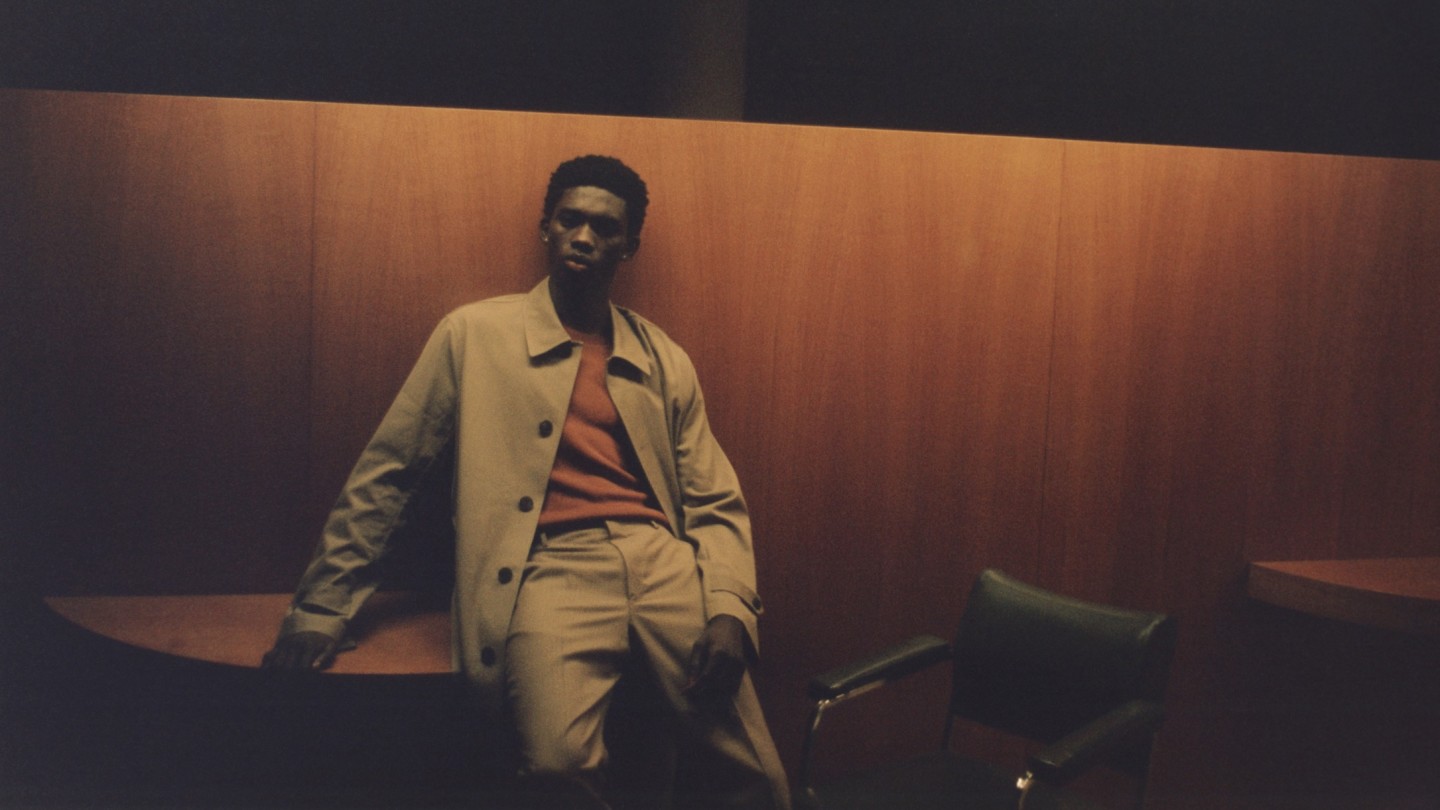
Roula Khalaf, Editor of the FT, selects her favourite stories in this weekly newsletter.
In 1992, American brand Dockers issued an eight-page pamphlet to some 25,000 human resources managers across the United States. The “Guide to Casual Businesswear” was part of a campaign to increase sales of the company’s signature chinos. To be sure, casual businesswear had existed for decades prior to this, but Dockers’ guide helped solidify the idea that you could dress casually yet professionally by following a few simple rules: wear long-sleeved dress shirts, press your pants and avoid wearing sportswear or distressed jeans to the office.
Markedly absent was the necktie, which became the first casualty in the war for professional dress standards. Evolved from the cravats worn by Croatian mercenaries in Paris in the early 17th century, the tie is one of the longest-running accessories in men’s wardrobes, bar socks. What began as a slow decline in traditional neckwear during the immediate postwar years became a free fall in the 1990s. According to the Men’s Dress Furnishing Association, a trade group representing American tie makers, tie sales in the United States peaked at $1.3bn in annual sales in 1995. Shortly after the trade association permanently shuttered in 2008, the market-research firm NPD estimated US sales dwindled to a mere $418mn. Vanners Silk Weavers, a renowned British silk manufacturer that supplied material for Ralph Lauren and Brooks Brothers, filed for administration in 2020. One high-end retailer told me that he now considers his necktie inventory to be part of his store décor, similar to how bars display antique liquor ads or currencies from now-defunct nations.
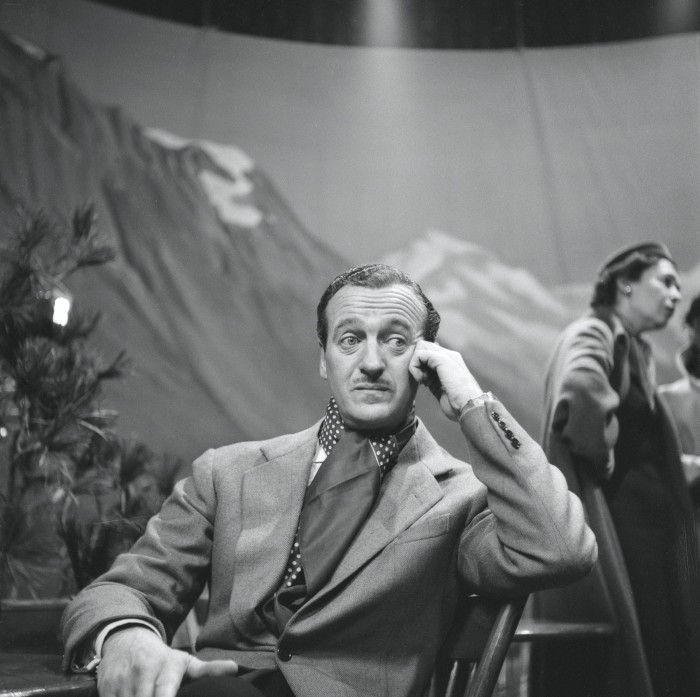
While the necktie has mostly vanished from everyday life, there are some instances where going without can look like a misstep. Traditional business suits in conservative cuts and dark worsteds, for example, almost always look better with a necktie, especially when paired with a white dress shirt. Without a bit of silky neckwear, the empty space between a coat’s front edges can look like a night sky without stars. This is one of the reasons why designers still include neckwear in their runway presentations – a bit of silk adds visual interest. If you don’t want to wear a tie, consider sport coats with slacks or suits in less formal fabrics, such as crisp cotton or rumpled linen. Even non-business colours can assist in bridging the formality gap between an open collar and a tailored jacket (a brown worsted suit can look more natural without a tie than the same garment in charcoal).
Colin Heywood, the managing director of Anderson & Sheppard, suggests wearing a crewneck sweater as an alternative to a tie. “With the varying array of colours, a sweater can set off the jacket and create a smart-casual look,” he says. “A polo shirt works great, too. For the more adventurous, a cravat makes a real statement.” When purchasing knitwear, consider the fibre: plain merinos look great under a tailored jacket, but they can be a little too smooth. For added texture, choose a spongy Shetland, which looks especially good with tweeds. Cashmere sweaters in plys ranging from one to four are another excellent option.
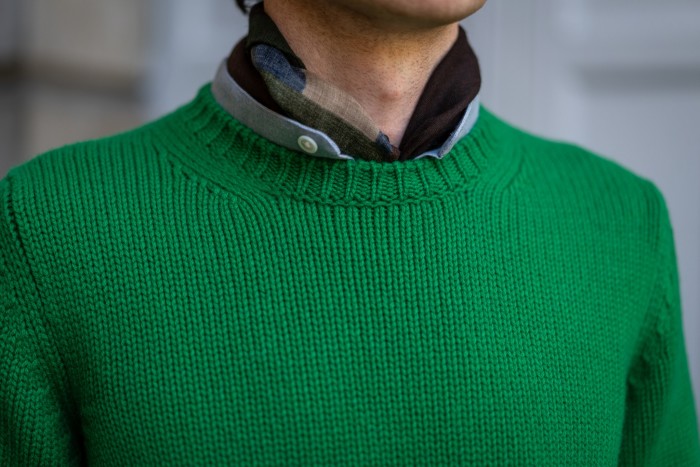
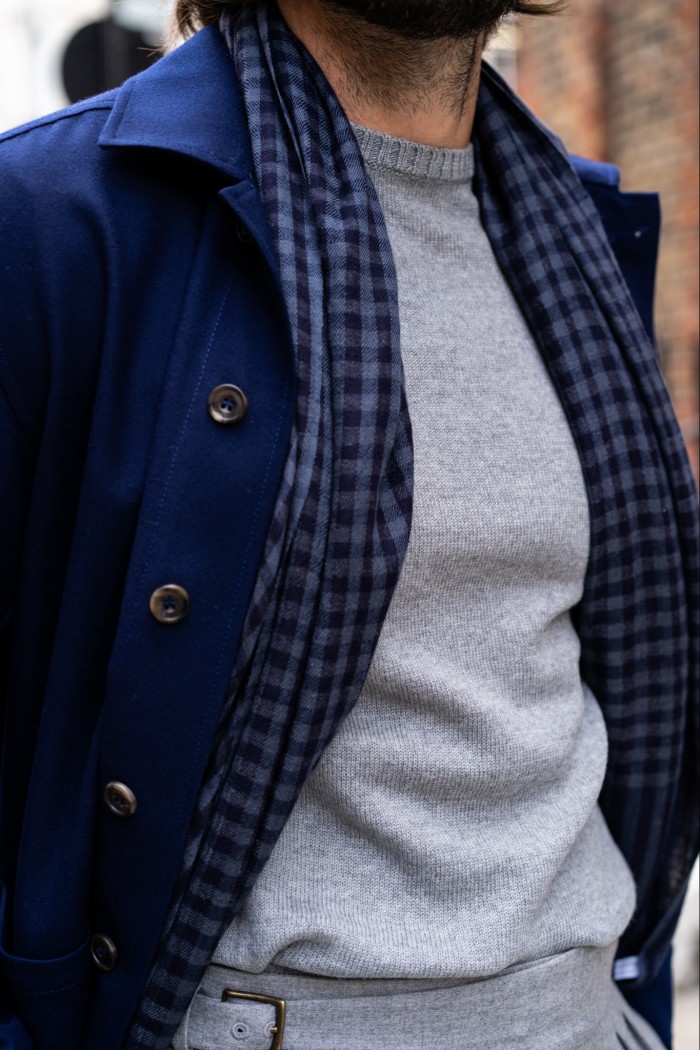
Greg Lellouche worked as a Wall Street banker from 2002 until 2012, when the business casual movement was in full swing. His passion for men’s style meant he had to find ways to wear tailoring that suited his changing environment. When Lellouche left his finance job to pursue a career in menswear, opening No Man Walks Alone in 2013, he began counselling customers on how to wear tailoring without a tie. “I suggest polos cut in a shirt fabric like cotton or flannel, or a lightweight jersey turtleneck,” he says. “I like how members of the French government have been wearing turtlenecks with tailoring to dress warmly and conserve energy. If someone finds a turtleneck with tailoring too retro, they can try a shirt with a button-down collar.”
Button-down collars stand up better without a tie than their spread-collar counterparts, although Lellouche believes the style looks better with sport coats than suits. If you choose a knitted polo, Lellouche suggests staying away from the ones that look too much like golf shirts. “Whatever you choose, make sure you have long sleeves,” he adds. “You want some cuff showing to bring some consistency with the formality of tailoring.”
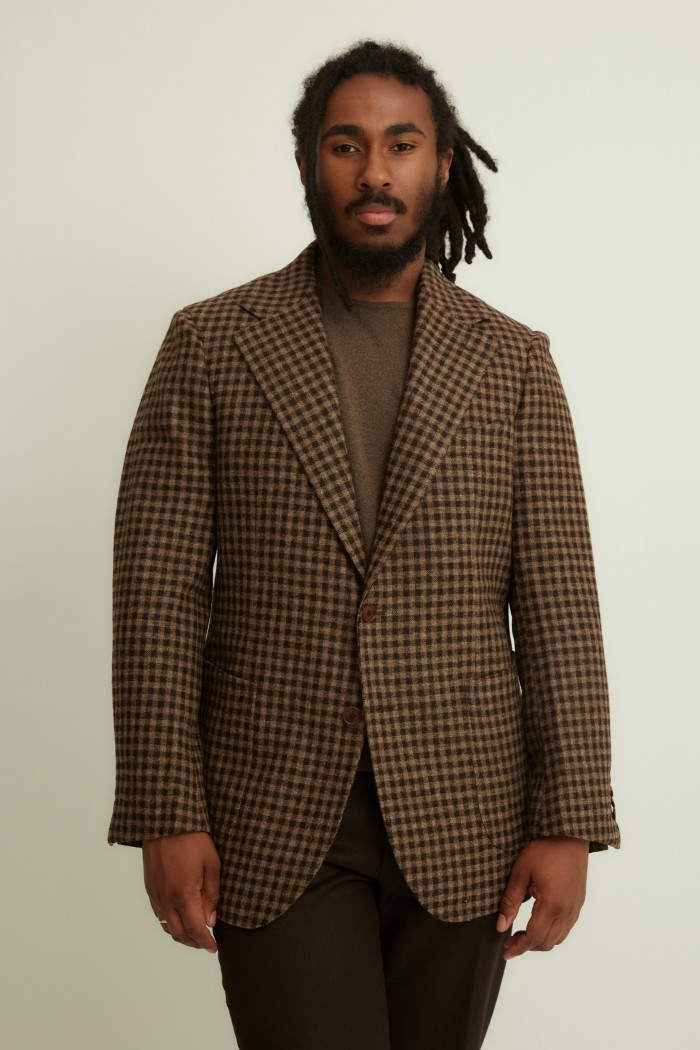
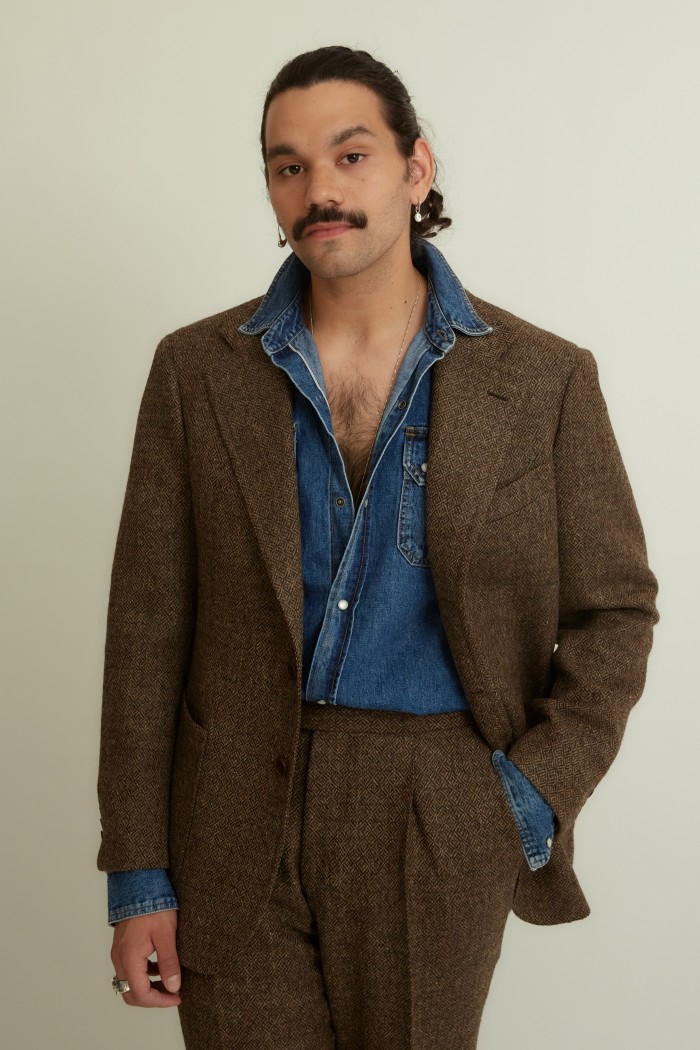
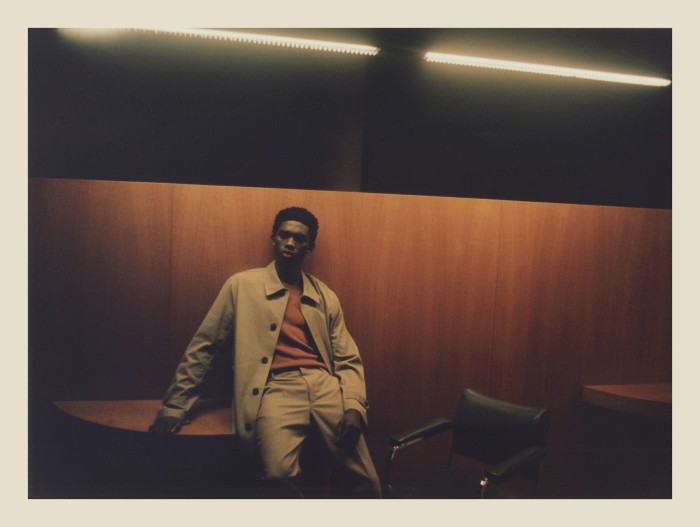
George Wang, founder of the Chinese bespoke tailoring house Atelier Brio Pechino, says the most important element here is being able to tell a story with your neckwear. His friend Simone Righi in Florence likes to remove his tie and stuff it into his jacket’s chest pocket, turning it into an impromptu pocket square. “This is not to say that everyone should do the same,” he cautions. “But Simone has created a bit of drama. There’s a story here, a guessing game for onlookers who want to know how and why the tie ended up in his pocket. When it comes to dressing well, think more like a writer than a stylist. Any combination can work if you have the right storyline.”
The demise of the traditional coat and tie has meant the end of a uniform, which makes getting dressed for work a little more confusing, but also opens up new opportunities. A silk cravat jauntily tied around the neck, with the ends neatly tucked under the shirt, may suggest a sense of refinement (although, if done poorly, also an affectation). Turtlenecks under tailoring have a retro vibe, while crewneck sweaters and long-sleeve polos are the easiest to wear and help take the edge off the formality inherent in a suit. Whatever you choose, think of the story you’re trying to tell.
Comments